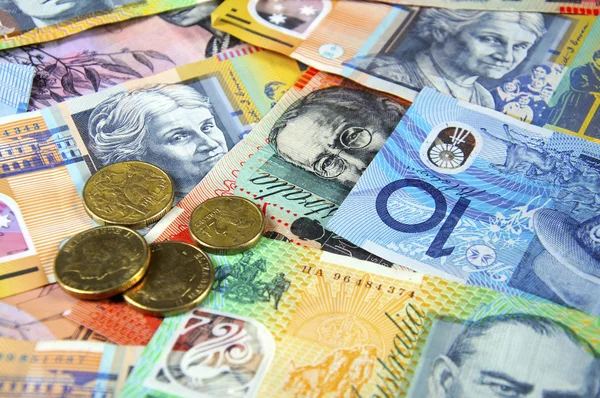The AUDUSD pair has risen above 0.6730 after China’s National Bureau of Statistics (NBS) reported PMI figures that were higher than expected. Manufacturing PMI came in at 51.9, which was higher than the consensus of 51.5 but lower than the previous release of 52.6. The Non-Manufacturing PMI has risen to 58.2 from 56.3 in the previous release.
The Chinese economy appears to be on track for economic recovery. With the administration implementing a variety of monetary and non-monetary policies to stimulate. Overall demand and accelerate the pace of economic activity.
However, the Caixin Manufacturing PMI data due out on Monday will be closely watched. Investors should be aware that Australia is China’s largest trading partner. And that increased economic activity will support the Australian Dollar.
As Australian inflation has firmly softened, investors are divided on the RBA’s monetary policy decision.
In the future, the Australian Dollar will remain active ahead of the Reserve Bank of Australia’s interest rate decision (RBA).
Investors are divided over RBA Governor Philip Lowe’s monetary policy decision, as Australian inflation has softened to 6.8% from 8.4% in December, supporting the case for keeping policy steady and observing the impact of the current interest rate.
In addition, RBA Lowe stated in a previous policy statement that the central bank is considering keeping the status quo in April. The other school of thought holds that, despite a slowing of Australian inflation, the Consumer Price Index (CPI) is still far from the desired level. As a result, the rate-hiking cycle should continue.
The USD Index is working hard to maintain its critical support level of 102.10.
On the domestic front, the US Dollar Index (DXY) is working hard to maintain its critical support of 102.10. The USD Index will be volatile ahead of the release of the US core Personal Consumption Expenditure (PCE) Price Index data.
AUDUSD Daily Trends
| Daily SMA20 | 0.6666 |
| Daily SMA50 | 0.6825 |
| Daily SMA100 | 0.68 |
| Daily SMA200 | 0.6753 |









